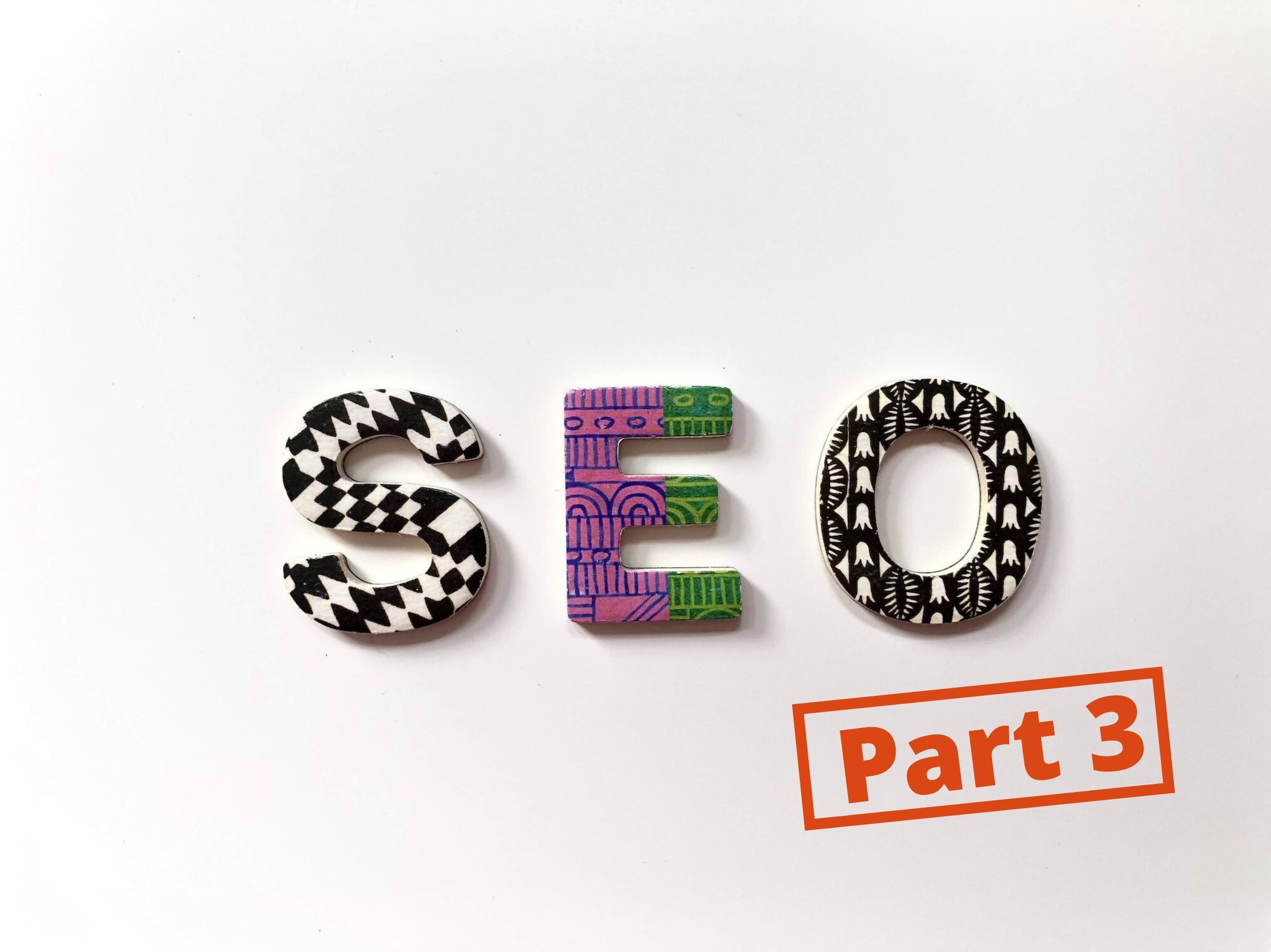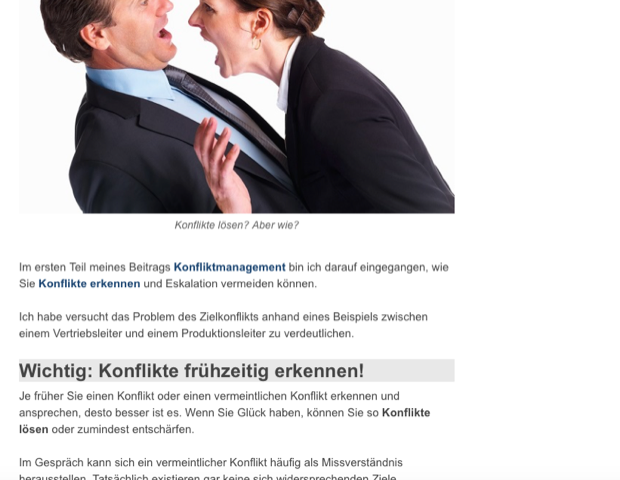Part 2: Podcast SEO - Find the right keywords
Get your podcast out of solitary confinement
This time we will have a closer look into transcripts
This time we will have a closer look into transcripts

Transcripts are discussed over and over again in the podcast world. They have the unbeatable advantage that they create a comprehensive text without much effort. But not every podcast episode is well suited for transcribing. So it needs to be checked in each individual case to what extent a podcast episode fits into your content strategy. The aim is to align as much content as possible with the wishes and needs of your audience.
Further parts of the series “Podcast marketing with SEO - Strategically increasing reach”
There are three basic methods for extracting text from a podcast episode, which is technically an audio file.
In the manual version, the audio track is listened to by hand, corrected according to the rules of the written language and transcribed. You can find a service provider who will take care of the sentence structure and respond to other individual wishes.
The second possibility is an automatic transcription. It is usually much cheaper and only takes a few minutes from order to result. For this purpose, you simply upload the audio file to the provider and a short time later you will receive a text file back, which can be used as the basis for a professional article, for example. A little tip: Podigee already includes a transcription function.
Even with semi-automatic transcription, the recording is translated into text by a program. Afterwards, however, a professional copywriter or a qualified copywriter will give you another helping hand. In this way, spelling mistakes and filler words can be removed or the dialect can be taken into account.
A transcript does not become a high-quality text without post-processing. Even though a transcript is a convenient method, it must be decided on a case-by-case basis whether it is worthwhile. The more structured your preparation - including keyword analysis and manuscript for the recording - the quicker a well-optimised technical article can be produced afterwards.
Tip: Does a single podcast episode not provide enough content? Then simply combine several written recordings or transcripts into one contribution. Search for a topic that is searched for often enough and select episodes that look at the topic from a different perspective. This so-called “holistic content” definitely has what it takes to be well placed on Google.
Tips for a good transcript:
If you prepare your podcast episode in a post on your website, an important element is the integration of the podcast player at the top of the text. This gives your website visitors the opportunity to listen to the episode directly. (Of course, there is also a Podigee solution for this.) Inexperienced podcast listeners can also approach the medium slowly and step by step in this way.
An interview is always a good way to polish a blog post. Therefore, these special podcast episodes should also be written in writing. In case of doubt, simply find a thematically appropriate post and supplement it with the interview. That way it gets a personal touch.
It is important to separate the two (or more) speakers, so the transcription can be done extremely easy. You should make sure that you always let the other person speak out and never lose the thread of the conversation completely (a little digression is usually okay, though). This makes it easier to read the interview later on
The basis for high-quality content that is also easily found is a structured, technically sound, content-wise outstanding contribution. Details on this topic can be found in the “Quality Rater Guidelines” from Google.
Two podcasters who have massively increased their visibility with a blog
Example 1: Marathon Fitness
This professional article is a prime example for the successful integration of a podcast into your own website.

In a month “Sixpack” is searched for approximately 40,000 times on Google.. Currently (as of January 2020), the article by Marathon Fitness can be found here on position 2.
Example 2: Führung auf den Punkt gebracht
Bernd Geropp, long-time executive coach and podcaster, also uses his blog to gain more reach. With success: For the search term “solve conflicts” this post is ranked number 1 in Google search results. (As of January 2020)

The search combination “Solve conflicts” is searched for on average 1900 times per month.
A small side note: As can be seen here, the search term is found both in the title and in the first paragraph. In addition, the podcast is clearly visible on the website.
How much effort it takes to get an article to the top of Google depends on many factors: These include the competition, the industry and whether your content is seen by searchers as a suitable result for their queries.
Podcasters are mobile people. Already in 2018, more than half of the visitors came to an unperticular website via mobile devices. All of these people are your potential podcast audience - because podcasts are heard primarily where? Right, mobile on smartphones.
As a podcast host or hostess, the mobile capability of your website plays a big, if not the most important role. There are various tools to test the usability. So that you don’t duplicate your work, I’ll give you a few tips here.
These can be implemented either by yourself, a web designer or a technician of your choice:
Final spurt! The fourth and final part of this series of articles next week will focus on language assistants. In part one, we already took a closer look at the basics of podcast SEO, and in part two we looked at the website and shownotes.
About the author
Lars Stetten studied psychology and is a computer scientist. He has been dealing with the topics of online marketing and especially search engine optimization for over 10 years. His motto is: “I have 2 things in common with Google - I am almost blind and love to analyse websites”. As an audiophile, he has been using podcasts for many years and is closely observing the market. Since 2018 he is a freelancer and offers - among other things - a special SEO package for podcasters.

Get your podcast out of solitary confinement
Word has gotten around that podcast charts play a role in your visibility. But if you want to be successful on a broad scale and maybe even bring new...
How to make your podcast accessible via voice assistance